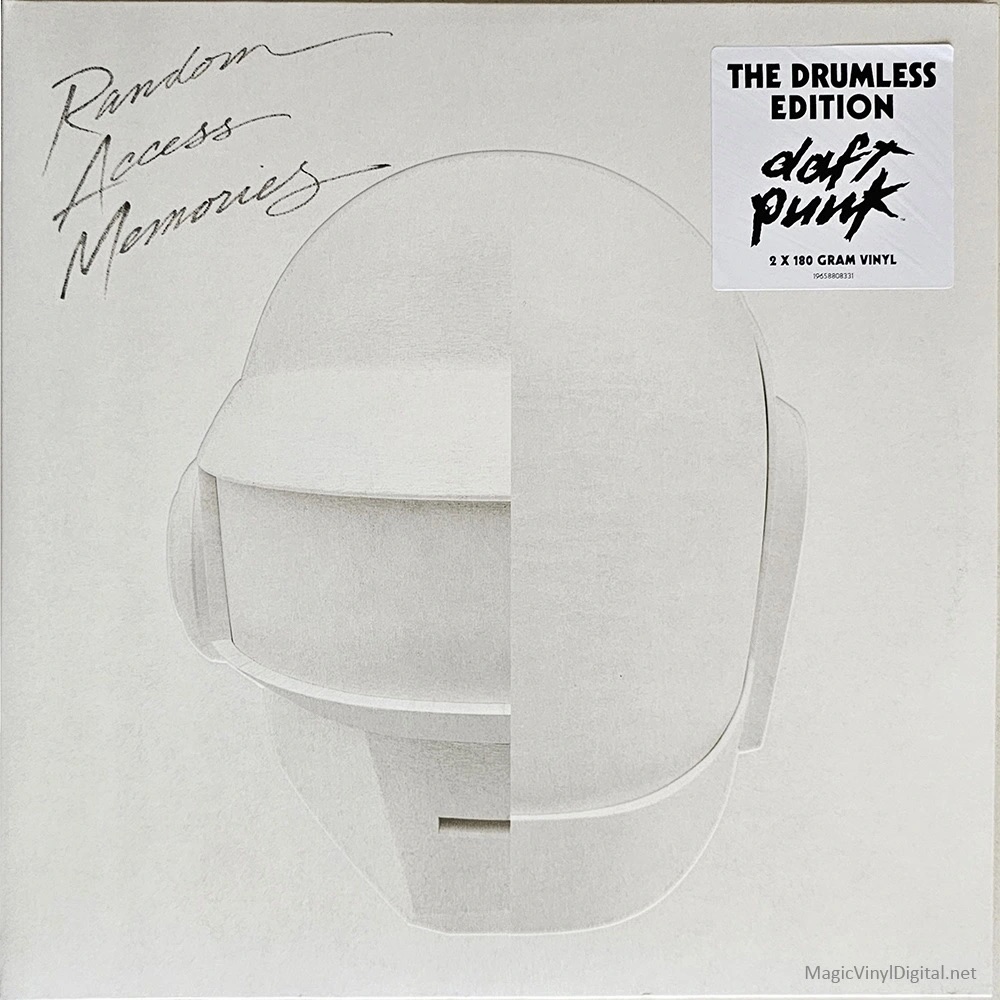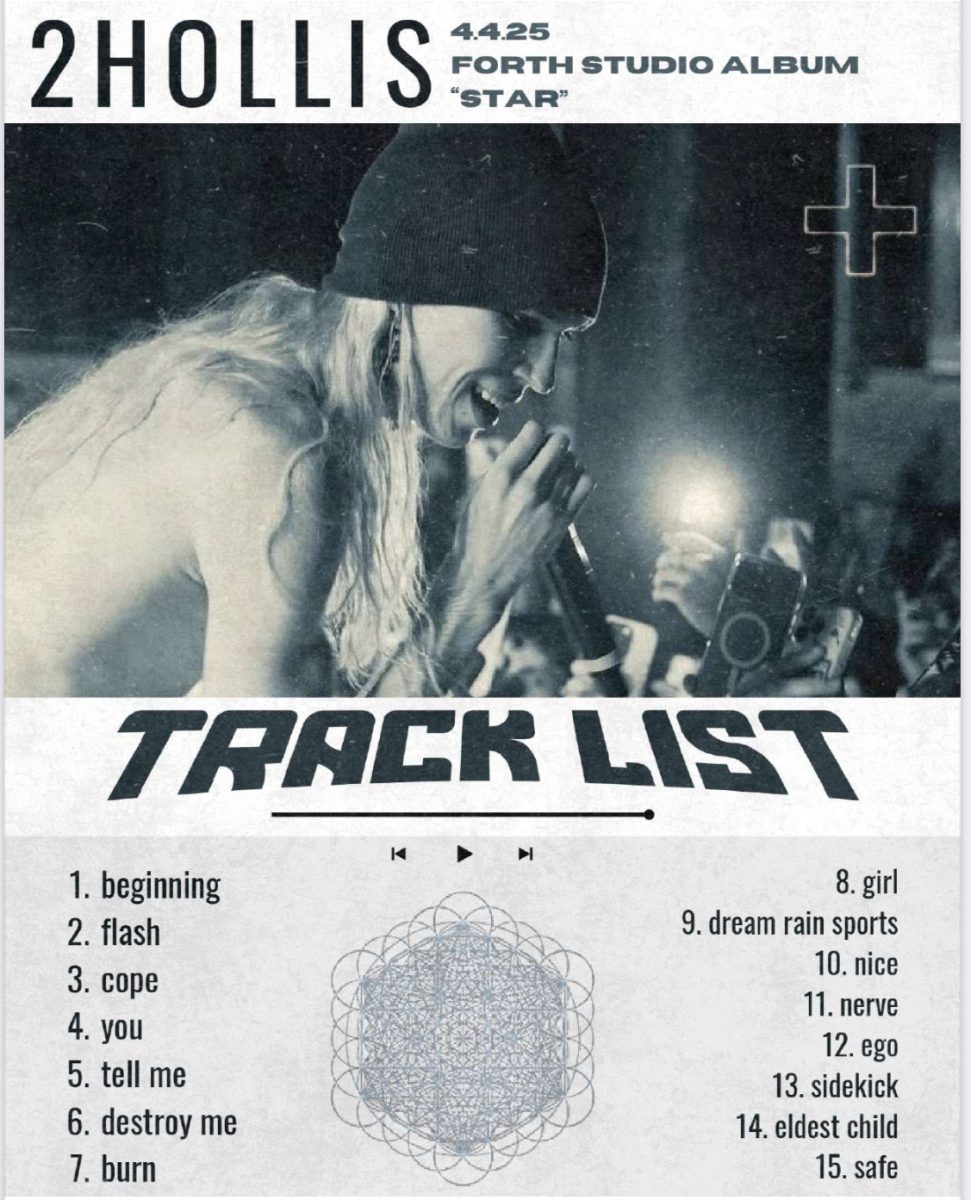In November 2023, Daft Punk, the widely acclaimed French EDM duo, released an anniversary reissue of their 2013 Grammy-winning album “Random Access Memories.”
But without the drums.
A year after the duo split in 2021, they began to release remasters and footage of songs and live performances, beginning with re-releases of their debut album to celebrate its 25th anniversary. In May 2023, to celebrate the 10th anniversary of the original Random Access Memories, a deluxe reissue of the album was released, including the never-seen-before demo “Infinity Repeating,” the Japan CD exclusive “Horizon,” and studio outtakes of the tracks.
The following November, the drumless edition was released.
This begs the question from critics and fans alike — was this entire album just a way to milk money on Daft Punk’s part, or milk their legacy on their management’s part?
According to a press release from EDM.com, the album was created to bring out a “timeless quality to [Random Access Memories], giving listeners the ability to dive deeper into the layers of each track.” The album was likely intended for musicians rather than general listeners, as shown by a YouTube short on the official Daft Punk channel where a DJ remixes the drumless “Lose Yourself to Dance”.
There’s also the more heartwarming theory that the drumless album was for musicians to sample—as Daft Punk themselves were extremely well-known for their genius sampling in their first two albums, Homework and Discovery.
However, with Daft Punk’s tendency to remain radio silent, especially now that the duo has split to work on personal projects, there’s a good chance that we won’t ever get a clear answer on why this exists.
Rather than being its own thing, I think the drumless edition should have been released alongside the 10th-anniversary reissue from May. But of course, making it its own release gets more money. Nonetheless, I don’t believe a stripped-down copy-and-paste reissue should cost nearly forty dollars for a vinyl.
Listening to the album, it’s clear that the drumless style worked out for some songs, while it didn’t for others.
“Give Life Back to Music” sounded more melancholic without the drums, and while it isn’t necessarily bad, it doesn’t give off the same feeling that you would associate with giving life back to music. The keyboard, guitar, and bass are much more audible without the drums and are beautiful in their own way, but the song ironically felt much more lifeless.
“Within” was the track used to announce the drumless edition of Random Access Memories, and I think it’s in the same boat as the other somber tracks on the album. While the drums were perfect, “Within” can manage perfectly as a song without them. It managed to keep that feeling of someone struggling with internal conflict, just as the original version did.
“Instant Crush” without drums is hard to form an opinion on. The intro, pre-, and post-chorus instrumentals feel soulless without the percussion, but because “Instant Crush” is a vocal and keyboard-oriented song, there isn’t much lost during most of it. It has much less of an emotional impact nonetheless, especially during the chorus, and it almost feels like the keyboard overpowers the other instruments too much. It feels much more balanced with the drums.
“Lose Yourself to Dance” is an absolute disaster without the drums. Drums are an essential part of any good dance track, and the drumless version made me want to do anything but lose myself to dance. I had to hold myself back from skipping the song almost immediately. The claps at the chorus were removed as well, abysmally ruining the entire “take a break from reality and lose yourself in the music” feeling.
“Get Lucky,” the most well-known song from Random Access Memories, which alone won the Record of the Year and Best Pop Duo/Group Performance awards at the 56th Grammy Awards, could best be described as a strange dissection of the original. Rather than being a dance track, it felt much more laid-back. The subtle snapping throughout the whole song (which, I will admit, I hadn’t even known existed before the drumless version) was kept in, so the song didn’t feel as incomplete as “Lose Yourself to Dance” did.
“Doin’ it Right,” to my complete surprise, is almost entirely a cappella without any sort of percussive instruments. As the album’s only purely electronic song, not much was lost without the drums. It felt slightly awkward, but it wasn’t terrible.
To say the least, the album was subpar. It felt lifeless and incomplete, as if the tracks were drained of emotion in exchange for a quick buck. Unless Daft Punk, their management, or whoever else decided on this release, chooses to create reissues for the rest of their discography, this will have been a disappointing way to end the duo’s legacy.








